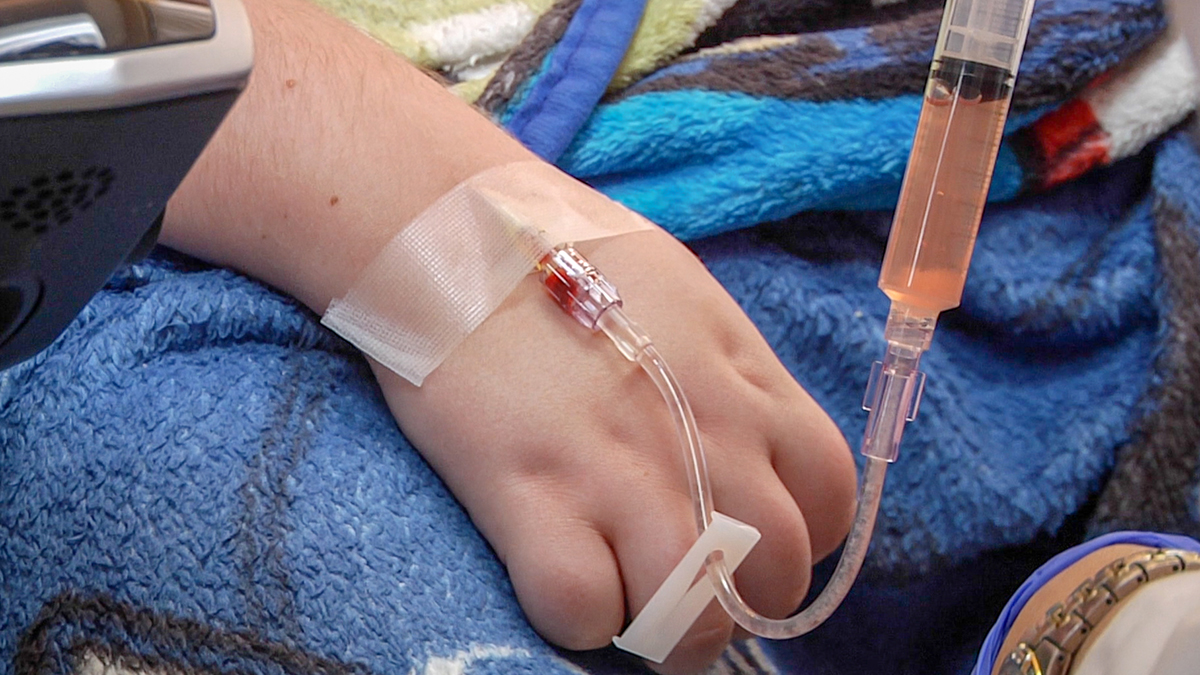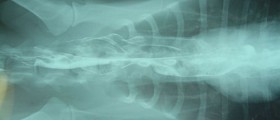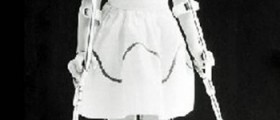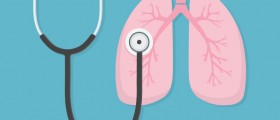
Muscular dystrophy, often abbreviated as MD, is a wide range of hereditary muscle diseases. Muscular dystrophy is characterized by weakening of the muscles that move the human body, and progressive skeletal muscle weakness, defects in muscular proteins, and finally death of muscular cells and tissues. In later stages of muscular dystrophy, fat and connective tissues can replace the muscle fibers, affecting various parts of the body: heart muscles, and other involuntary muscles and organs.
Causes of muscular dystrophy
Different forms of muscular dystrophy are caused by genetic mutation that is particular to that type of disease. In most of the cases, the cause is a genetic deficiency of the muscle protein dystrophin. Certain types of muscular dystrophy, such as Duchenne's and Becker's muscular dystrophies, are inherited from mother to son, in the X-linked recessive inheritance pattern. This means that the defective gene is located on the X-chromosome.
Other types of muscular dystrophy are inherited in an autosomal dominant inheritance pattern. If this is the case, there is a 50 percent chance the disorder will be passed along to a child, if only one parent carries the defective gene.
Types of muscular dystrophy
There are more than 100 diseases similar to muscular dystrophy, but nine of them are always characterized as muscular dystrophy.
Duchenne muscular dystrophy (DMD) is a severe type of muscular dystrophy characterized by rapid muscle degeneration, loss of motion and death. This rare disease affects only males, and one in every 4000. The life expectancy for these patients is very short, and varies from late teens to early or mid 20s.
Becker's muscular dystrophy is a less severe variation of Duchenne muscular dystrophy and is caused by the production of a truncated, but partially functional form of dystrophin. Patients affected with this type of muscular dystrophy can usually live into old age.
Congenital muscular dystrophy (CMD) manifests at birth, including general muscle weakness and possible joint deformities. The disease typically progresses slowly, while the life expectancy of patients drastically varies. Some forms of CMD do not affect the life span at all.
Distal muscular dystrophy starts later in life, anywhere between the ages of 20 and 60. The onset of the disease is in the hands and feet and includes weakness and wasting of the muscles in the hands, forearms and lower legs. This type of muscular dystrophy progresses slowly and does not affect the life span.
Emery-Dreifuss muscular dystrophy affects the skeletal muscles used for movement and the heart muscle. Most of the patients suffer slow progressing muscle weakness and wasting while heart problems manifest in abnormal heart rhythms, fainting, and an increased risk of stroke and sudden death.
Facioscapulohumeral muscular dystrophy affects the face, shoulders, and upper arms, causing the gradual weakness. Symptoms develop in the teenage years and affect both males and females.
Limb-girdle muscular dystrophy affects the upper arms and legs with muscle weakness. It is generally symmetric, proximal, and slowly progressive.
Myotonic muscular dystrophy starts anywhere between the ages of 20 and 40, and it is the most common adult form of muscular dystrophy characterized by wasting and weakness of the muscles, including the heart, endocrine organs, eyes, and gastrointestinal tract.
Oculopharyngeal muscular dystrophy can start anywhere between the ages of 40 and 70 affecting the eyelids, face, and throat followed by pelvic and shoulder muscle weakness.

















Your thoughts on this
Loading...